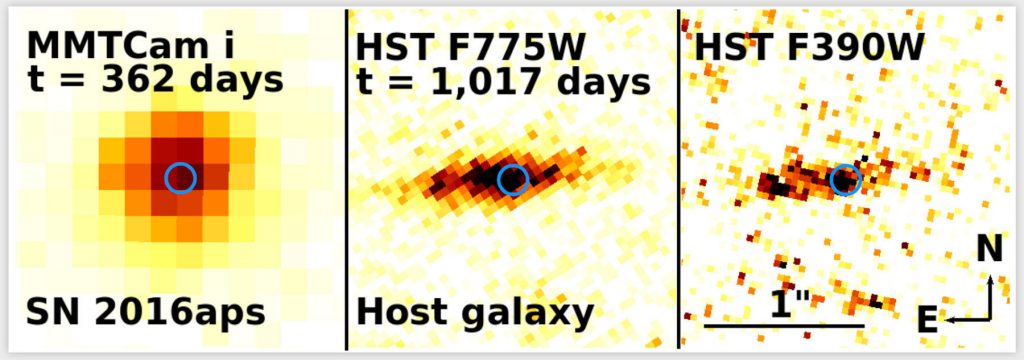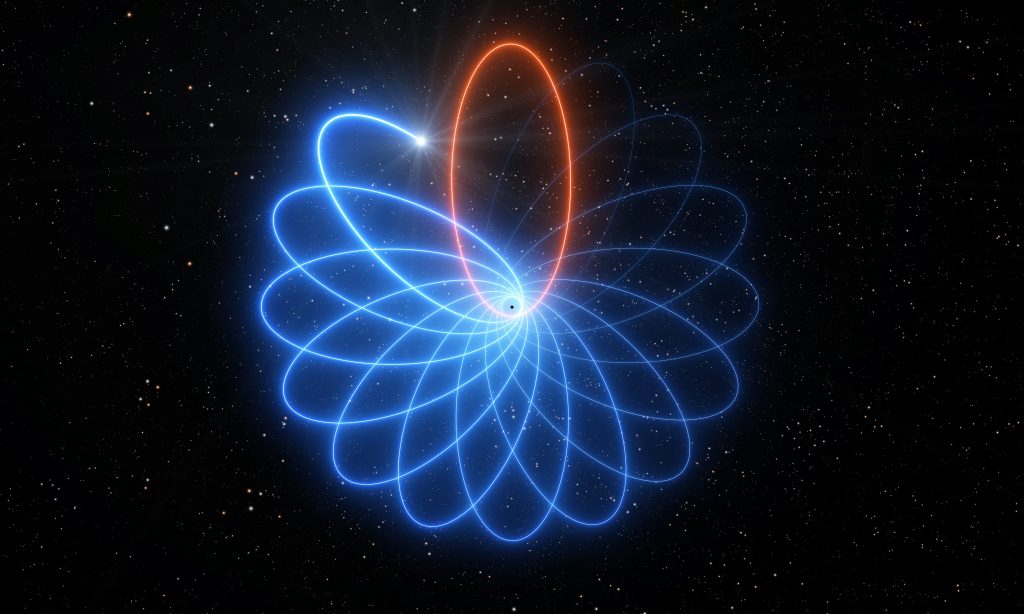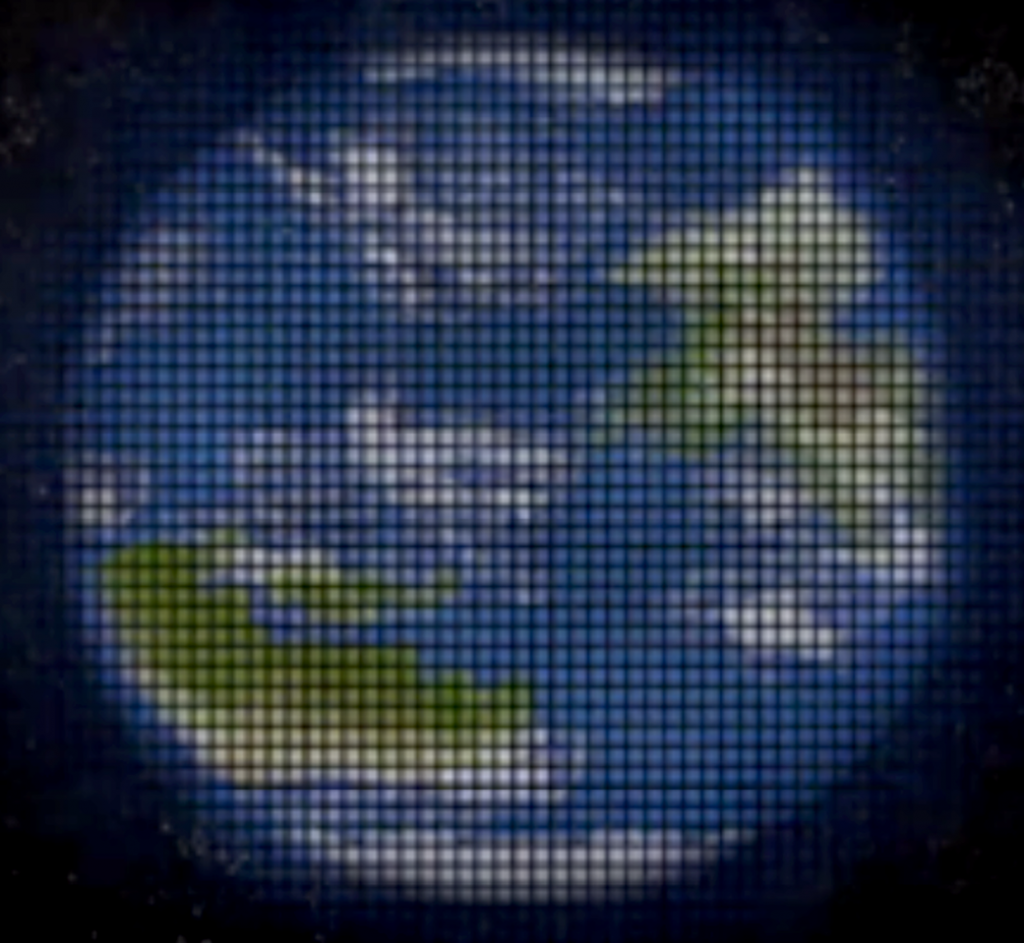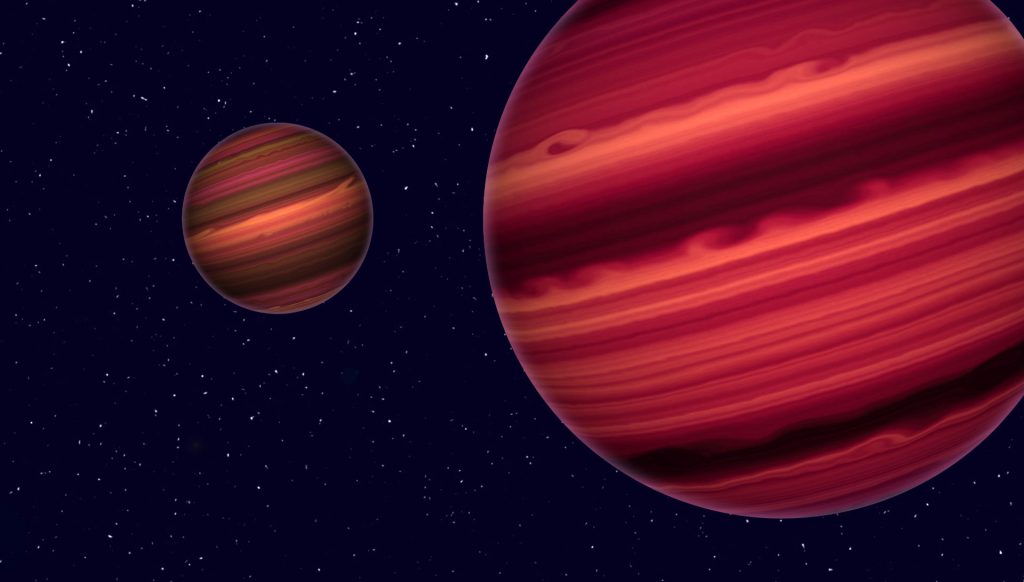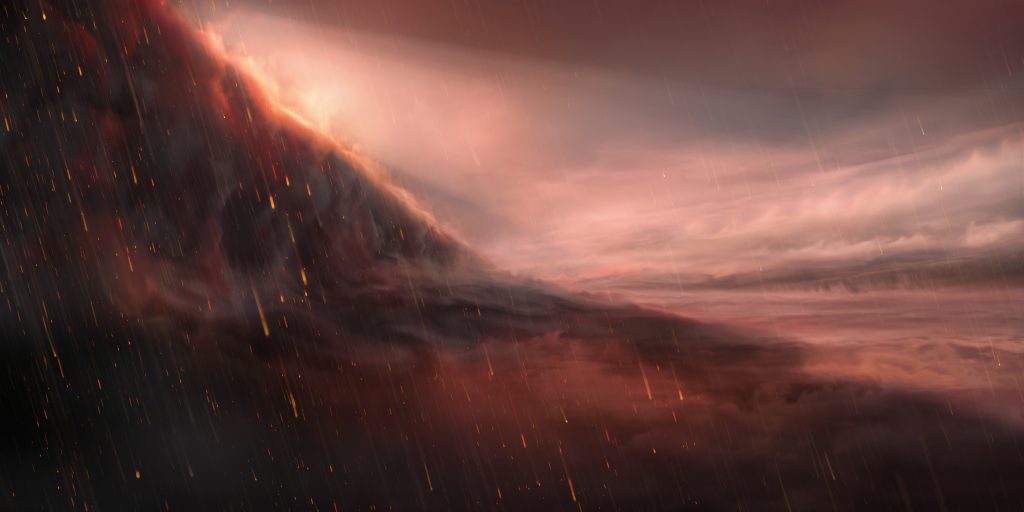Searching for the super supernova
A supernova is a powerful explosion at the end of the life of many stars. All massive stars with an initial mass greater than eight solar masses will eventually be torn apart by a supernova, but that fate also awaits smaller stars that are unlucky enough, after their actual end as a white dwarf, to accrete more material from a partner star, with which they form a binary system. Without supernovae, there would be no life, because it’s the only way heavy elements can be spread around the cosmos. On the whole, this process is understood. Particularly energetic supernovae,…
